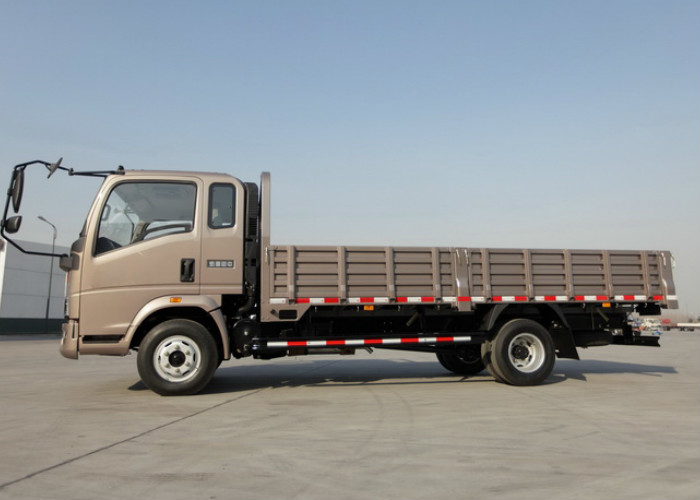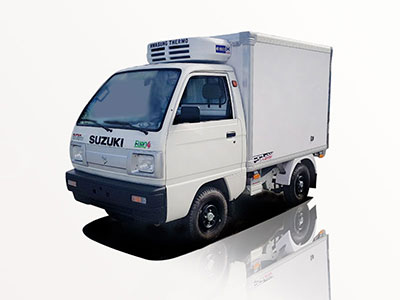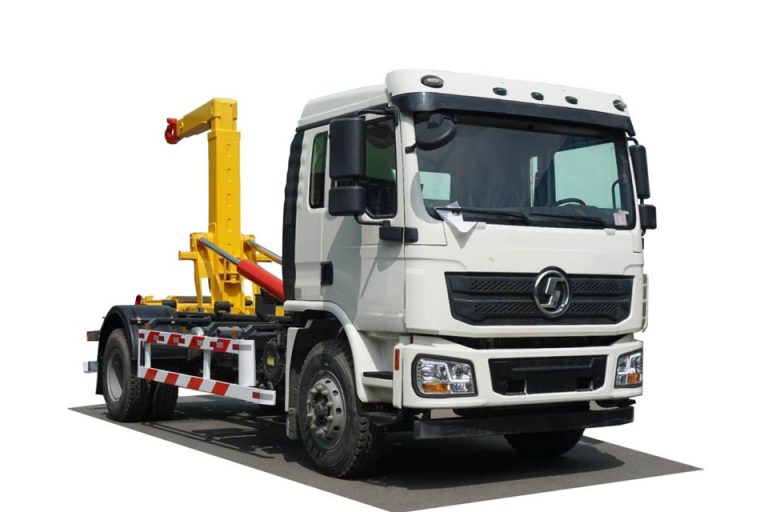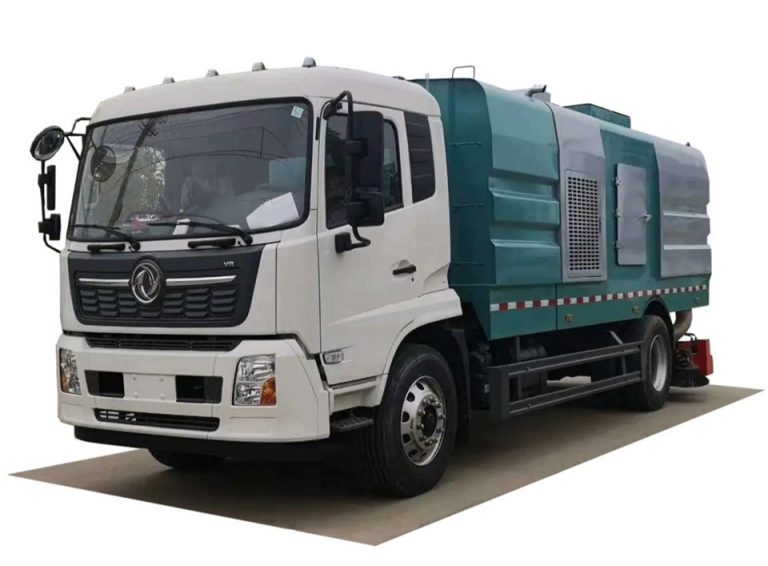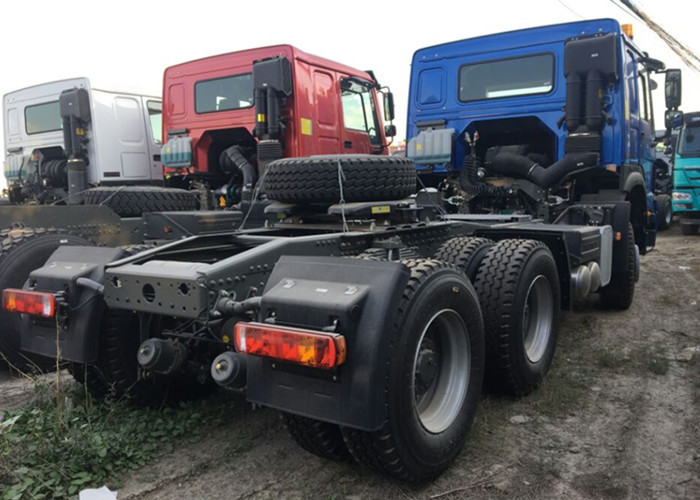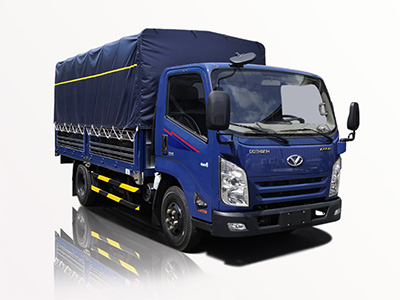The world of transportation is vast and intricate, with specific vehicles designed for specialized purposes. One such vehicle is the semitrailer low bed, a crucial asset in heavy-duty hauling. In this article, we will delve deep into semitrailer low beds, exploring their design, types, advantages, applications, maintenance tips, and more. Whether you’re in the transportation industry or simply curious, this guide aims to provide you with everything you need to know.
What is a Semitrailer Low Bed?
A semitrailer low bed is a type of trailer designed specifically for transporting heavy equipment, oversized loads, and machinery. Unlike standard trailers, low bed trailers have a lowered deck height, which allows for a lower center of gravity and easier loading and unloading of heavy loads. This unique feature makes them invaluable in various sectors, including construction, agriculture, and mining.
Key Features of Semitrailer Low Beds
- Low Deck Height: Enables the transport of taller loads without exceeding height restrictions.
- Strong Structural Design: Built to withstand heavy weights and harsh conditions.
- Multiple Axles: Often includes multiple axles to distribute weight evenly and provide better stability.
- Adjustable Ramps: Some models feature ramps that facilitate easier loading of equipment.
- Variety in Sizes: Available in various lengths and weight capacities to accommodate different loads.
Types of Semitrailer Low Beds
Understanding the different types of semitrailer low beds is essential for choosing the right model for your needs. Here are the most common types:
1. Fixed Gooseneck Low Bed Trailers
This type features a permanently attached gooseneck, making it stable and ideal for transporting heavy machinery. Its design prevents the need for a separate front vehicle connection.
2. Removable Gooseneck (RGN) Trailers
RGN trailers allow the front section to be detached, making it easier to load and unload heavy equipment. This flexibility is often preferred for large-scale construction projects.
3. Drop Deck Trailers
Drop deck low beds have a section of the deck that drops lower than the rest, allowing for the transport of taller loads while maintaining balance and control.
4. Extendable Low Bed Trailers
These trailers can extend in length, making them suitable for oversized loads. They are especially useful for transporting long construction materials such as beams and pipes.
Advantages of Using Semitrailer Low Beds
Choosing the right trailer is paramount to a successful hauling operation. Here are several advantages of semitrailer low beds:
1. Improved Load Stability
The low center of gravity provided by a semitrailer low bed enhances stability, reducing the risk of tipping during transport.
2. Increased Load Capacity
These trailers can handle significantly heavier loads compared to standard trailers, making them indispensable for transporting heavy machinery.
3. Versatility
Semitrailer low beds are versatile and can transport various loads such as construction equipment, industrial machinery, and even vehicles.
4. Safety Features
Many models come equipped with advanced safety features, including braking systems and reflective signage, ensuring safe transport on public roads.
Applications of Semitrailer Low Beds
Semitrailer low beds are used in various industries. Here are some practical applications:
1. Construction
Low beds are commonly used on construction sites to transport equipment such as excavators, bulldozers, and cranes.
2. Agriculture
This type of trailer is crucial for transporting large agricultural machinery like harvesters and tractors that are essential for farming operations.
3. Mining
In the mining industry, low bed trailers are used to transport heavy mining equipment, ensuring that operations run smoothly and efficiently.
4. Wind Energy
Low bed trailers are used to transport large wind turbine parts and components, which require specialized transportation methods due to their size.
Maintenance Tips for Semitrailer Low Beds
Proper maintenance is key to ensuring the longevity and performance of semitrailer low beds. Here are some essential maintenance tips:
1. Regular Inspections
Check for any wear and tear on tires, brakes, and suspension systems regularly to catch potential issues early.
2. Clean the Trailer
Regular cleaning prevents rust and corrosion, especially if the trailer is exposed to harsh weather conditions or road salt.
3. Lubricate Moving Parts
Lubricating moving parts like axles and hinges helps maintain functionality and reduces wear over time.
4. Check the Electrical System
Ensure that lights and braking systems are functioning correctly, as these are critical for safety on the road.
Cost Considerations for Semitrailer Low Beds
Investing in a semitrailer low bed can require significant financial resources. Here are some cost factors to consider:
1. Purchase Price
The initial purchase price can vary widely depending on the type, size, and features of the trailer.
2. Maintenance Costs
Regular maintenance can incur costs, but investing in it can prevent larger expenses due to breakdowns.
3. Insurance
Insurance for heavy-duty trailers can be more expensive compared to standard vehicles. It’s essential to research coverage options.
4. Fuel Efficiency
The fuel efficiency of your towing vehicle can impact overall operating costs when using semitrailer low beds for transportation.
Choosing the Right Semitrailer Low Bed
When selecting a semitrailer low bed, consider the following factors:
1. Type of Load
Understand what type of machinery or equipment you will transport and choose a trailer designed for that specific load type.
2. Weight Capacity
Ensure the trailer’s specifications meet the weight requirements of the loads you typically transport.
3. Length and Width
Different loads require different sizes; select a low bed trailer that can accommodate the dimensions of your usual loads.
4. Budget
Evaluate your budget and determine if you prefer to buy new or used, keeping in mind the long-term savings associated with maintenance and durability.
5. Manufacturer Reputation
Choose reputable manufacturers known for their quality and safety in producing semitrailer low beds.
FAQ Section
1. What is a semitrailer low bed used for?
A semitrailer low bed is used to transport heavy and oversized equipment, such as construction machinery, agricultural machines, and vehicles.
2. How is a low bed trailer different from a standard flatbed trailer?
Low bed trailers have a lower deck height compared to flatbeds, allowing them to transport taller loads without exceeding height restrictions.
3. Can I use a low bed trailer for regular freight?
While low bed trailers are designed for heavy loads, they can be used for various freight. However, for standard freight, a standard trailer might be more suitable.
4. How do I maintain my semitrailer low bed?
Regular inspections, cleaning, lubrication, and checking the electrical systems are essential maintenance steps to ensure your low bed trailer operates efficiently.
5. What are the safety features of semitrailer low beds?
Many low bed trailers come equipped with advanced braking systems, reflective signage, and load securing mechanisms to ensure safe transport.
6. What factors affect the cost of a semitrailer low bed?
The cost can be affected by the type, size, features, maintenance requirements, insurance, and fuel efficiency of the towing vehicle.
